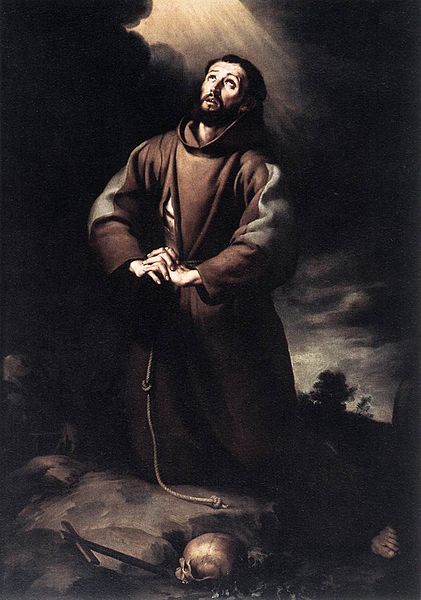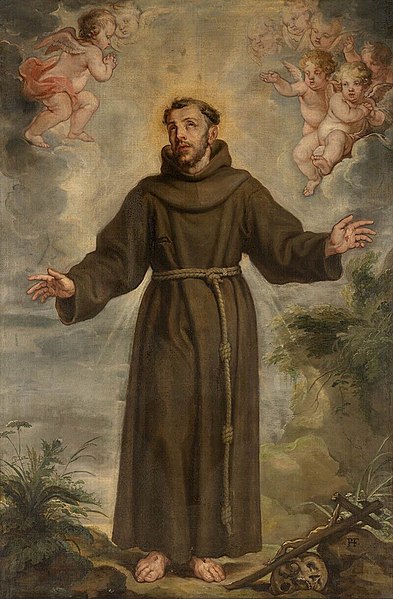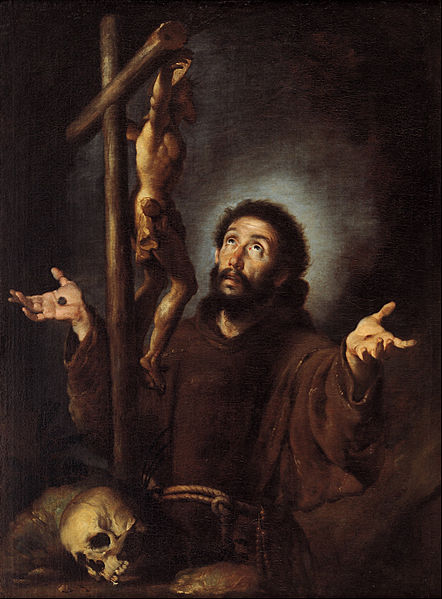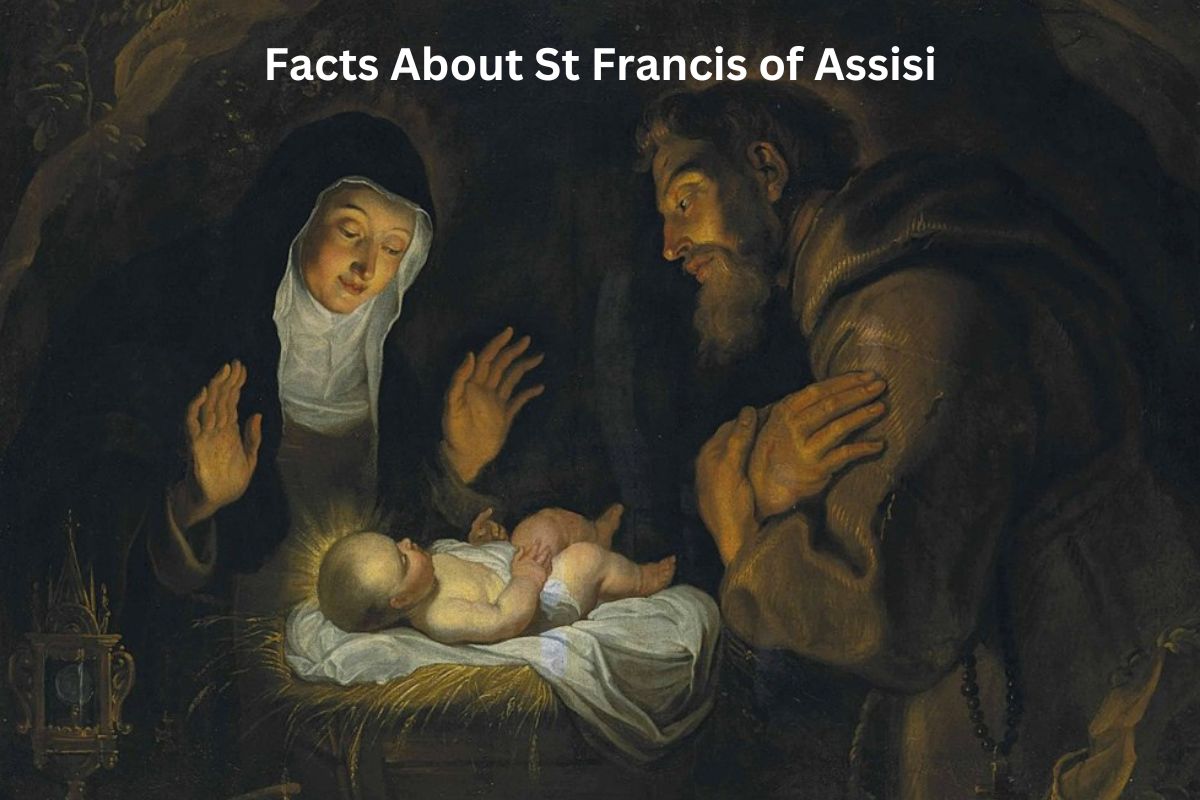Saint Francis of Assisi, born in the late 12th century in Italy, is one of the most revered figures in Christian history.
His transformative journey from a life of privilege to one of radical poverty and his deep connection with nature and animals have made him an enduring symbol of humility, compassion, and spiritual devotion.
In this brief exploration, we delve into the life and legacy of Saint Francis, uncovering key facets of his remarkable journey and the profound impact he continues to have on the world today.
St Francis of Assisi Facts
1. Born in 1181 or 1182 in Assisi, Italy
Saint Francis, originally named Giovanni di Pietro di Bernardone, was born into a wealthy family in the town of Assisi, which is located in the region of Umbria in central Italy.
Also Read: Facts About Luke in the Bible
His father, Pietro Bernardone, was a prosperous cloth merchant, and his mother, Pica de Bourlemont, came from a noble family.
Francis was baptized as Giovanni, but he later became known as Francesco, or Francis in English.

2. Converted to a life of poverty and simplicity at the age of 25
Francis led a life of privilege and indulgence in his youth. He enjoyed the benefits of his family’s wealth and engaged in a carefree and extravagant lifestyle.
However, at the age of 25, he had a profound spiritual awakening. He experienced a vision in which he heard a voice from a crucifix in the dilapidated San Damiano church saying, “Francis, go and repair my house which, as you see, is falling into ruin.”
Also Read: Book of Genesis Facts
Taking this as a divine calling, Francis renounced his wealth, publicly disowned his family’s riches, and embraced a life of extreme poverty and simplicity.
3. Founded the Franciscan Order in 1209
After his conversion, Francis dedicated his life to serving God and others. He attracted a group of like-minded followers who were inspired by his devotion to humility, poverty, and service.
In 1209, he sought approval from Pope Innocent III to form a new religious order focused on these principles. The Pope granted his approval, and thus, the Franciscan Order, officially known as the Order of Friars Minor (O.F.M.), was founded.
The order’s members, known as Franciscans or Friars Minor, were committed to living a life of radical poverty, preaching the Gospel, and serving the marginalized.
4. Known for his deep love for nature and animals
Saint Francis had a profound appreciation for the natural world, viewing it as a reflection of God’s creation. His love for nature and animals is a central aspect of his spiritual legacy.
He often referred to animals and elements of nature as “brothers” and “sisters” and believed they deserved respect and care.
Some of the most famous stories about Francis involve his interactions with animals, such as preaching to birds and taming a wolf that had been terrorizing the town of Gubbio.
His deep connection to nature is reflected in his “Canticle of the Sun,” where he praises God for the beauty and harmony of creation.

5. Composed the “Canticle of the Sun” hymn
The “Canticle of the Sun,” also known as the “Canticle of the Creatures,” is one of Saint Francis’ most famous works. He composed this hymn while recovering from an illness at the hermitage of San Damiano.
In this hymn, he praises God for the various elements of creation, including the sun, moon, stars, wind, water, fire, and even death, referring to them as his “brothers” and “sisters.” The canticle is a celebration of the interconnectedness of all living beings and the beauty of the natural world.
6. Received the stigmata in 1224
The stigmata are the wounds of Christ, which Saint Francis is believed to have received miraculously during a period of intense prayer and contemplation on Mount La Verna in 1224.
According to the accounts, he had a vision of a seraph (a six-winged angelic being) descending from the heavens and bestowing upon him the marks of Christ’s crucifixion, including wounds on his hands, feet, and side.
These stigmata remained with Francis for the rest of his life and were considered a sign of his deep spiritual connection with Christ. It is a unique and extraordinary event in Christian history and has contributed to his status as a revered saint.
7. Recognized by Pope Innocent III in 1210
Saint Francis’ radical approach to poverty and his commitment to a life of simplicity began to attract followers. In 1210, he sought approval from Pope Innocent III to formalize his religious community as an order.
The Pope granted his approval, and this marked the official recognition of the Franciscan Order. It allowed Francis and his followers to continue their work of preaching, serving the poor, and living a life of poverty while under the protection of the Church.

8. Engaged in extensive missionary work
Saint Francis and his followers, the Franciscan friars, embarked on extensive missionary journeys throughout Europe. They preached the Gospel message of peace, humility, and love for all of God’s creation.
Their missionary efforts were marked by a spirit of poverty and a genuine desire to live out the teachings of Jesus. They often worked with the poor and sick, providing material and spiritual assistance to those in need.
9. Died on October 3, 1226, at the age of 44
Saint Francis passed away in the Porziuncola, a small chapel he had rebuilt, on October 3, 1226. He was only 44 years old at the time of his death.
Despite his relatively short life, his impact on Christianity and spirituality was profound. His death marked the end of his earthly journey, but it marked the beginning of his enduring legacy.
10. Canonized as a saint by Pope Gregory IX in 1228
Saint Francis of Assisi was recognized as a saint by the Catholic Church just two years after his death. Pope Gregory IX canonized him in 1228, making him one of the quickest canonizations in the history of the Church.
Francis’ canonization highlighted his exemplary life, deep spirituality, and the profound influence he had on the Christian world. He became not only a patron saint of Italy but also a symbol of compassion, humility, and love for all living beings.
